Arnab Ganguly
Nonparametric learning of covariate-based Markov jump processes using RKHS techniques
May 06, 2025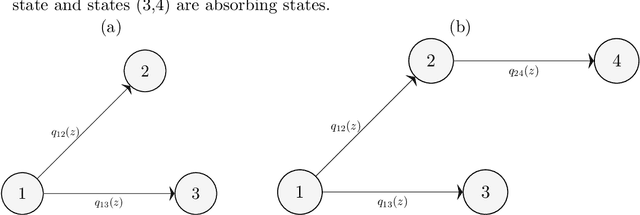



Abstract:We propose a novel nonparametric approach for linking covariates to Continuous Time Markov Chains (CTMCs) using the mathematical framework of Reproducing Kernel Hilbert Spaces (RKHS). CTMCs provide a robust framework for modeling transitions across clinical or behavioral states, but traditional multistate models often rely on linear relationships. In contrast, we use a generalized Representer Theorem to enable tractable inference in functional space. For the Frequentist version, we apply normed square penalties, while for the Bayesian version, we explore sparsity inducing spike and slab priors. Due to the computational challenges posed by high-dimensional spaces, we successfully adapt the Expectation Maximization Variable Selection (EMVS) algorithm to efficiently identify the posterior mode. We demonstrate the effectiveness of our method through extensive simulation studies and an application to follicular cell lymphoma data. Our performance metrics include the normalized difference between estimated and true nonlinear transition functions, as well as the difference in the probability of getting absorbed in one the final states, capturing the ability of our approach to predict long-term behaviors.
Optimal Learning via Moderate Deviations Theory
May 23, 2023Abstract:This paper proposes a statistically optimal approach for learning a function value using a confidence interval in a wide range of models, including general non-parametric estimation of an expected loss described as a stochastic programming problem or various SDE models. More precisely, we develop a systematic construction of highly accurate confidence intervals by using a moderate deviation principle-based approach. It is shown that the proposed confidence intervals are statistically optimal in the sense that they satisfy criteria regarding exponential accuracy, minimality, consistency, mischaracterization probability, and eventual uniformly most accurate (UMA) property. The confidence intervals suggested by this approach are expressed as solutions to robust optimization problems, where the uncertainty is expressed via the underlying moderate deviation rate function induced by the data-generating process. We demonstrate that for many models these optimization problems admit tractable reformulations as finite convex programs even when they are infinite-dimensional.
Infinite-dimensional optimization and Bayesian nonparametric learning of stochastic differential equations
May 30, 2022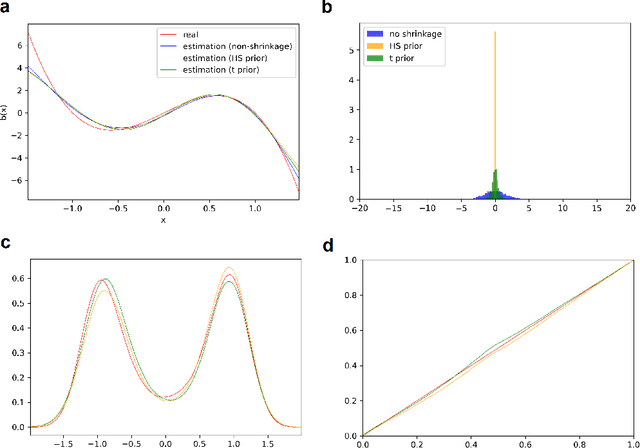



Abstract:The paper has two major themes. The first part of the paper establishes certain general results for infinite-dimensional optimization problems on Hilbert spaces. These results cover the classical representer theorem and many of its variants as special cases and offer a wider scope of applications. The second part of the paper then develops a systematic approach for learning the drift function of a stochastic differential equation by integrating the results of the first part with Bayesian hierarchical framework. Importantly, our Baysian approach incorporates low-cost sparse learning through proper use of shrinkage priors while allowing proper quantification of uncertainty through posterior distributions. Several examples at the end illustrate the accuracy of our learning scheme.
Context-Aware Design of Cyber-Physical Human Systems
Jan 07, 2020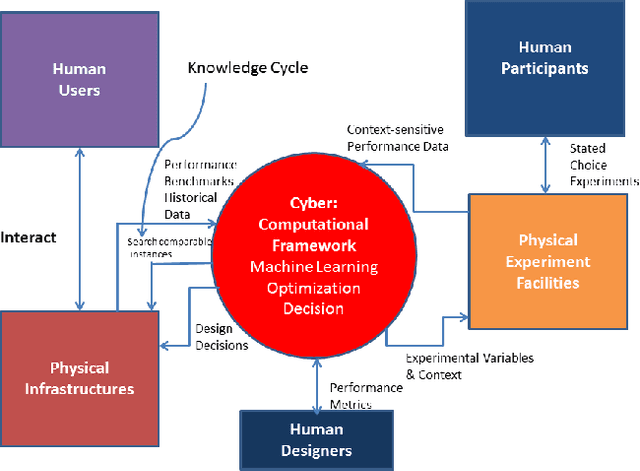
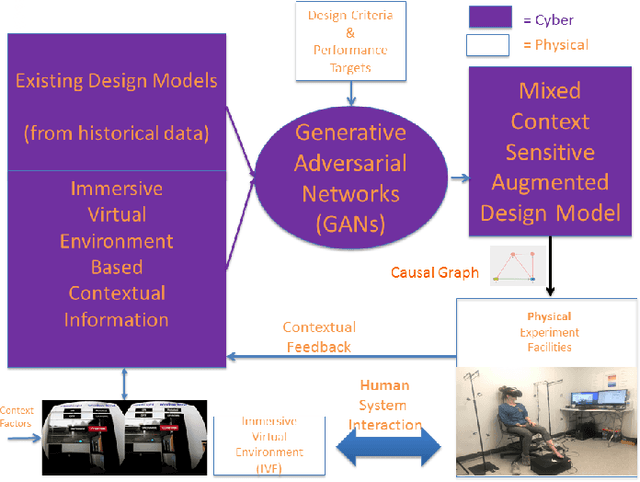
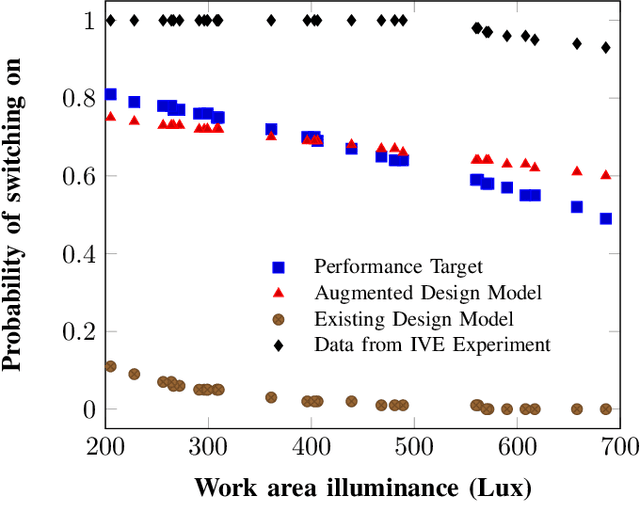
Abstract:Recently, it has been widely accepted by the research community that interactions between humans and cyber-physical infrastructures have played a significant role in determining the performance of the latter. The existing paradigm for designing cyber-physical systems for optimal performance focuses on developing models based on historical data. The impacts of context factors driving human system interaction are challenging and are difficult to capture and replicate in existing design models. As a result, many existing models do not or only partially address those context factors of a new design owing to the lack of capabilities to capture the context factors. This limitation in many existing models often causes performance gaps between predicted and measured results. We envision a new design environment, a cyber-physical human system (CPHS) where decision-making processes for physical infrastructures under design are intelligently connected to distributed resources over cyberinfrastructure such as experiments on design features and empirical evidence from operations of existing instances. The framework combines existing design models with context-aware design-specific data involving human-infrastructure interactions in new designs, using a machine learning approach to create augmented design models with improved predictive powers.
A variational approach to path estimation and parameter inference of hidden diffusion processes
Oct 25, 2016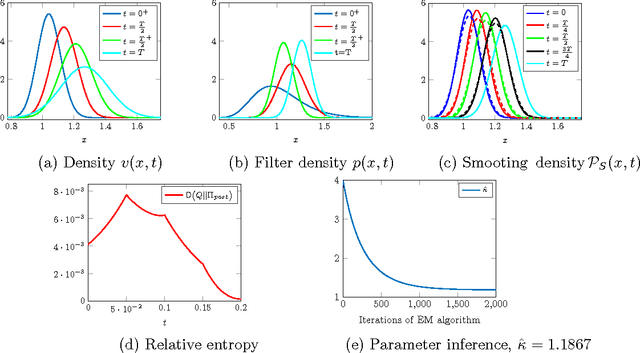


Abstract:We consider a hidden Markov model, where the signal process, given by a diffusion, is only indirectly observed through some noisy measurements. The article develops a variational method for approximating the hidden states of the signal process given the full set of observations. This, in particular, leads to systematic approximations of the smoothing densities of the signal process. The paper then demonstrates how an efficient inference scheme, based on this variational approach to the approximation of the hidden states, can be designed to estimate the unknown parameters of stochastic differential equations. Two examples at the end illustrate the efficacy and the accuracy of the presented method.
* 37 pages, 2 figures, revised
 Add to Chrome
Add to Chrome Add to Firefox
Add to Firefox Add to Edge
Add to Edge